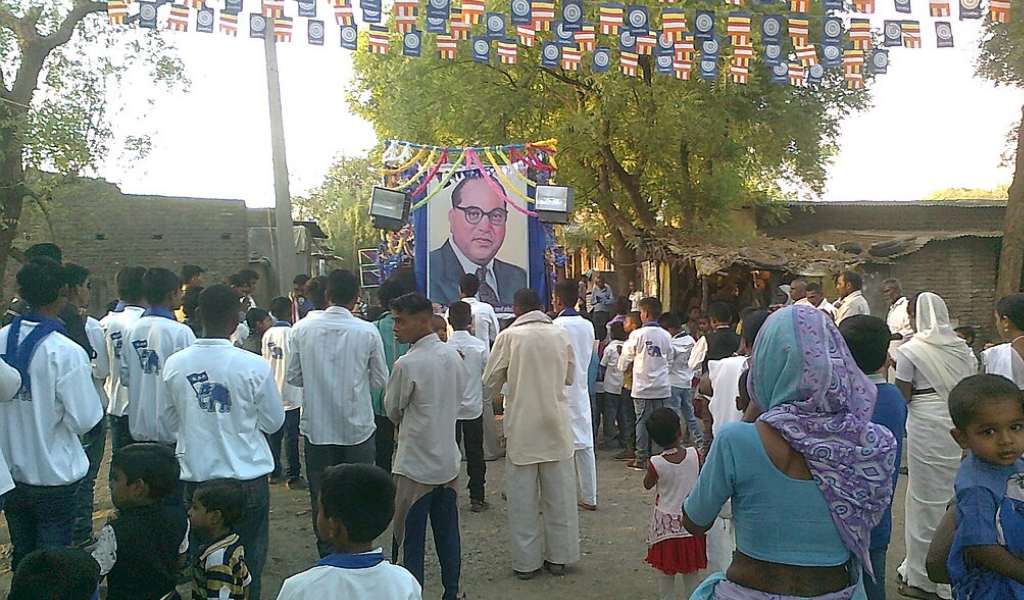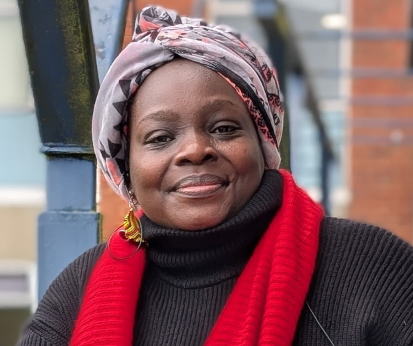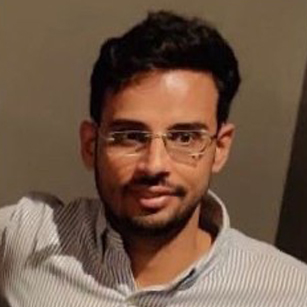Research on and in the Indian subcontinent has historically been embroiled in the same caste power dynamics of the environments that scholars attempt to study. Development, both as a practice and as a field of knowledge, including within UK Higher Education (HE), remains dominated by Savarna/oppressor caste scholars and practitioners, reproducing caste hierarchies in teaching and research. Therefore, researchers must seriously and carefully consider caste given its centrality in all elements of material and discursive life in the region.

There are various ways in which the epistemic and material violences of caste are perpetrated and preserved through knowledge production, research relations, and in the classroom. It is imperative that scholars and students of development studies in the UK recognise our participation in the reinscription of caste, and to commit to hold each other and ourselves to account in its annihilation.
Caste in knowledge production
Dominant approaches to development studies research reproduce entrenched caste hierarchies in three ways—through practices of caste-ignorance, caste-collapse, and caste-capture. Caste-ignorance entails a complete inattentiveness to caste realities, neglecting and in effect occluding its pervasive presence and effects, and participating in its perpetuation through postures of ‘castelessness.’
Caste-collapse recognises caste as an axis of oppression, but often simply collapses it into one of several discrete, intersecting identities. Such an approach fails to recognise the defining and original force of caste in material life in the subcontinent, fundamentally shaping categories and experiences of gender, class, religion, and location, amongst others.
Finally, caste-capture engages in caste-attentive research in a manner that might centre caste-critique, while displacing historically excluded caste communities from knowledge production. Through the appropriation and commodification of anti-caste critique, and the displacement and externalisation of caste hierarchies, oppressor caste researchers entrench their monopoly over authorised knowledge production. Novetzke described this phenomenon through the frame of the ‘Brahmin Double,’ where in pre-colonial India, critiques of the caste system circulated by Brahmins themselves served to deflect or diffuse criticism away from them, while cementing their hegemony as ‘knowledge specialists.’
Caste in research relationships
Owing to self-privileging, systemic barriers to UK HE and funding, oppressor caste researchers inequitably hold a significant majority of principal investigator (PI) roles. These individuals may parachute into contexts they are not familiar with and subjectify those belonging to oppressed caste and Adivasi (Indigenous) backgrounds, particularly by deploying the “Savarna gaze”. This is a term used to describe the reductionist, ethnocentric, and fetishising lens through which oppressor castes view and later inscribe their Dalit, Bahujan, and Adivasi research “subjects.” Few Savarna PIs, if any, examine or subjectify their own caste groups despite calls from Bahujan scholar-activists.
At the same time, oppressor caste researchers rely heavily on the knowledge and social connections of marginalised castes and thus seek out Dalit, Bahujan, and Adivasi “mentees” or field/research assistants who are typically under- or unpaid and overworked. This creates an unequal research relationship, wherein the Savarna exploits the insights and community capital of marginalised castes, building their academic careers on the Bahujan’s oft-uncredited data collection and intellectual labour.
Akin to critiques of the non-profit and developmental industrial complex, Savarna researchers who declare themselves experts on the topic of caste (and the UK HE institutions that enable them) have therefore faced criticism for actively reproducing—if not exacerbating—the grammar, material reality, and affects of caste. After all, why annihilate the very system that grants one tenure?
While UK academia has established some checks and balances to correct colonial legacies of similarly extractive research, its inadequate awareness of and sensitivity to caste dynamics have contributed to the system’s enduring presence within all aspects of UK HE, particularly in the classroom.
Caste in the classroom
The reproduction of caste hierarchies in learning spaces is both overt and subtle. In classrooms, students from dominant castes often dictate the flow of discussions, effectively marginalising students from other castes by either ignoring their contributions or outright dismissing their viewpoints.
Additionally, Savarna students reinforce exclusion through open challenges to the merit of marginalised caste students, questioning their academic capabilities and attributing their success solely to affirmative action policies rather than individual efforts or intelligence. Such attitudes perpetuate the stereotype that Dalit, Bahujan, and Adivasi students do not belong in academic spaces.
Apart from these intellectual exclusions, caste discrimination manifests through the use of demeaning caste slurs, which are normalised in academic settings. When dominant caste individuals employ these slurs, they rarely express remorse, illustrating a lack of accountability and tacit approval of casteist behavior. This not only humiliates students from oppressed castes but also reinforces their social subjugation within these spaces. Such everyday experiences also amount to psychological and emotional harm. Moreover, the absence of institutional mechanisms to address caste-based harassment and microaggressions ensures that such discrimination remains unchecked, allowing the cycle of caste-based exclusion to persist.
Despite comprising a majority of the Indian subcontinent’s population, students from marginalised castes are not adequately represented in UK HE. Aarti Rajput, a Commonwealth Scholar pursuing a master’s programme at IDS, stated, “Being one of the only Dalit students at the University of Sussex made me question the systemic barriers that keep oppressed-caste students out of international institutions. Access to socio-economic capital determines who gets to dream of studying abroad and who is forced to abandon that dream.
“I secured admission in 2023 but could not attend due to financial constraints, waiting another year to reapply for a scholarship. Without full funding, this opportunity would have been impossible. My experience is not unique—it reflects a larger institutional failure that excludes marginalised students while claiming ‘equal representation.’”
Integrating anti-caste commitments
Given the multiple ways through which caste permeates UK HE, it is important to disrupt Savarna dominance in our field(s). Here are some recommendations to operationalise anti-caste commitments to make universities transformative spaces for caste hierarchies instead of a site of their reproduction.
- To challenge caste in knowledge production, Savarnas must forge ethical, reciprocal, accountable, and non-extractive anti-caste partnerships and collaborations with Dalit, Bahujan, and Adivasi scholars. They should incorporate learnings from collectives such as Bahujan Economists and Road Scholarz, both led by and for researchers belonging to marginalised caste locations.
- Recognising the Brahmanical nature of patriarchy in the subcontinent, Savarna scholars must move beyond the framework of intersectionality when researching South Asia. Disciplines such as Critical Caste Studies and Elite Studies may provide a toolkit of resources, methodologies, and pedagogies to do so.
- UK HE institutions should establish scholarships specifically for students from marginalised castes, incorporate training on casteism for staff and students, and engage closely with support networks for Dalit, Bahujan, and Adivasi students like the Eklavya India Foundation and Nalanda Academy.
- You can contribute to our online library of anti-caste resources for professors, students, and researchers. Send us your suggestions through this form. This collection can be used to help researchers and lecturers add key anti-caste texts to their curricula, bibliographies, and reading lists.
True inclusivity requires more than access, it demands proactive anti-caste commitments in classrooms and institutional policies. Without dismantling these structural barriers, diversity remains a performance rather than a reality.


